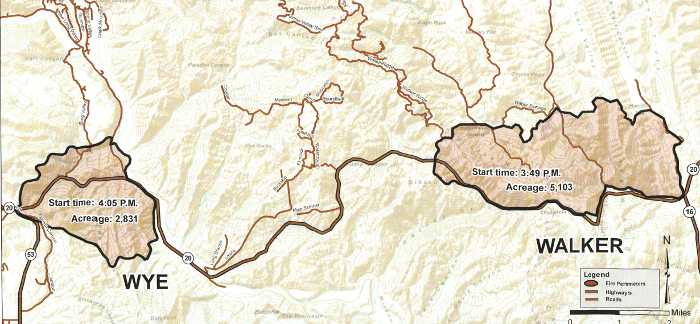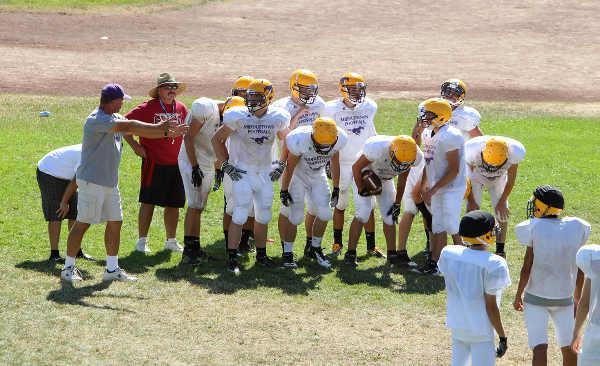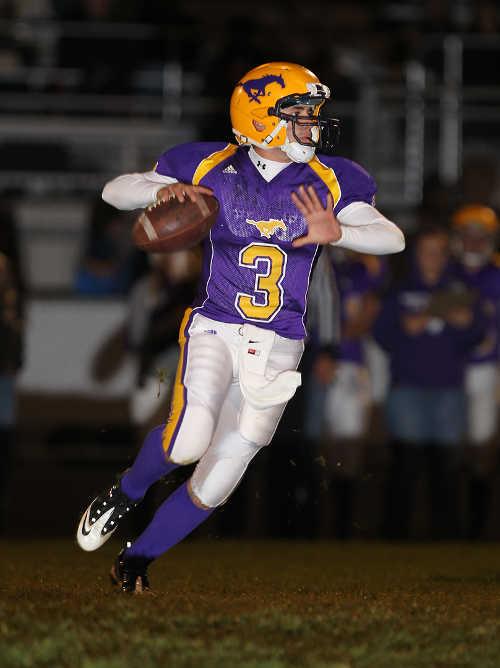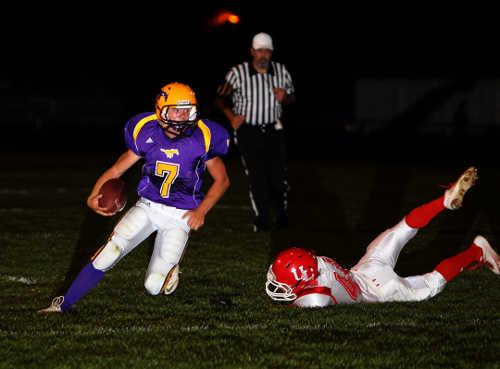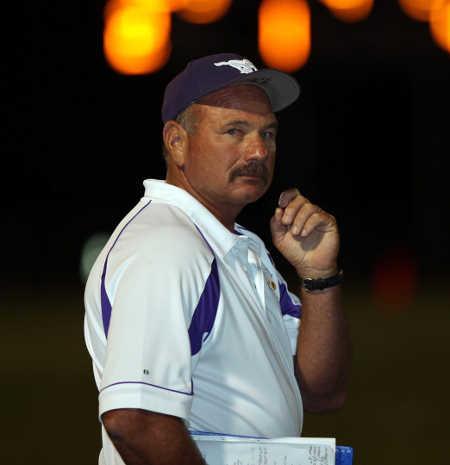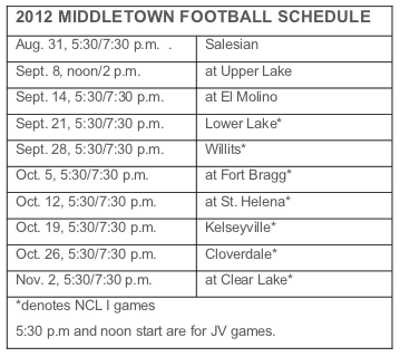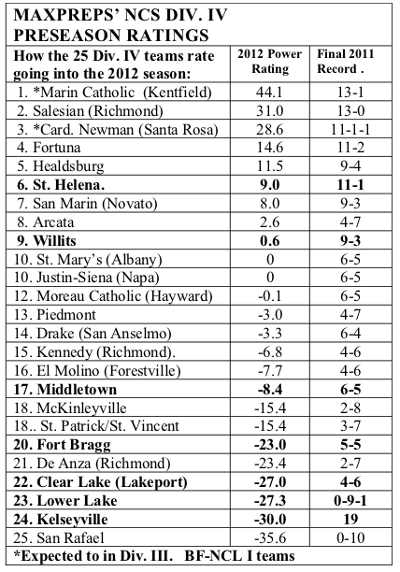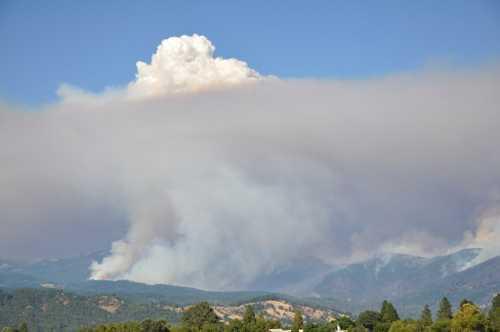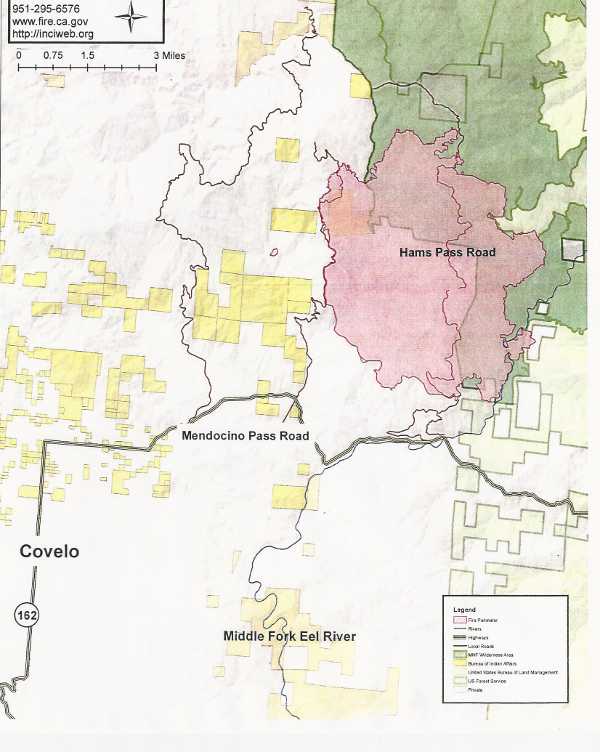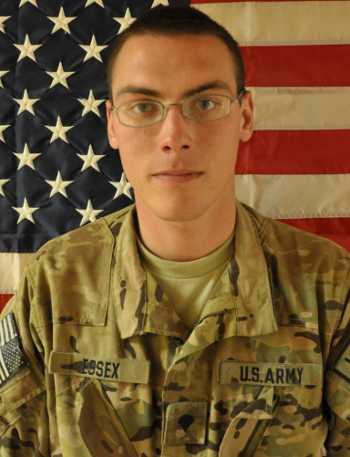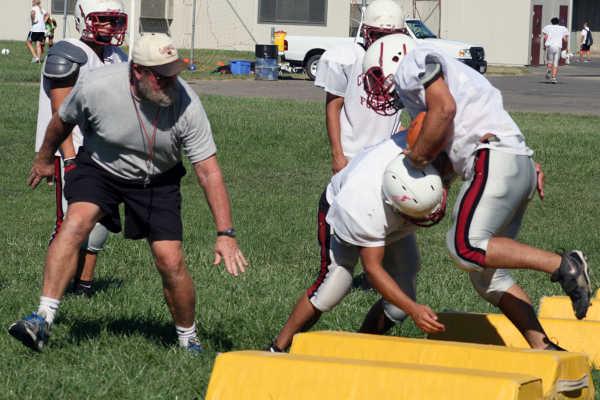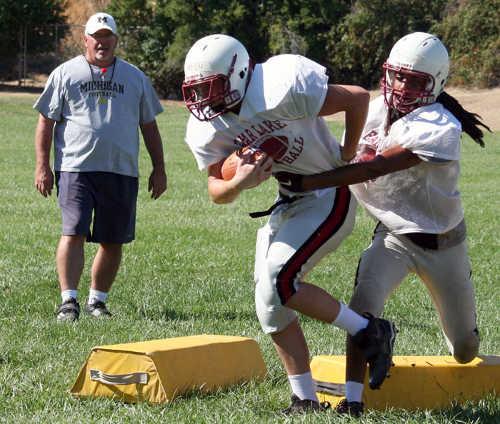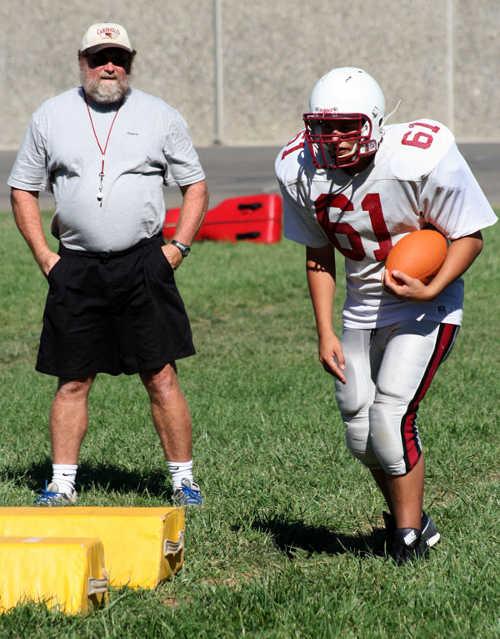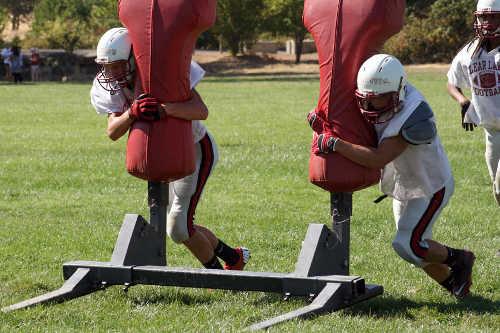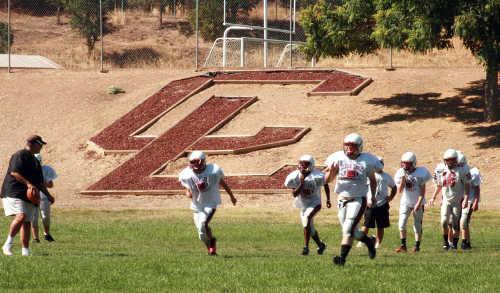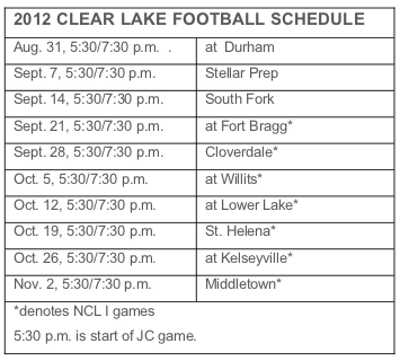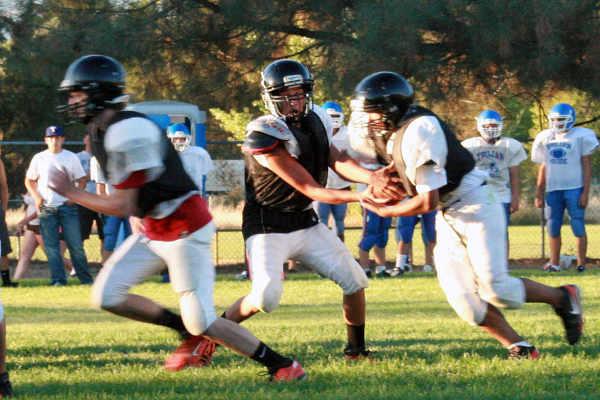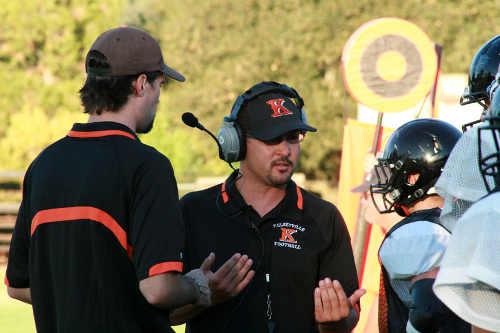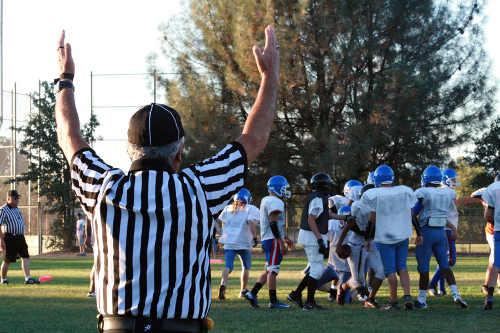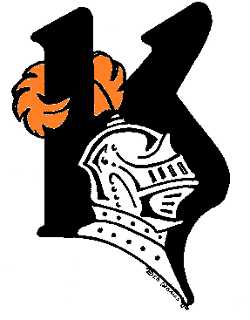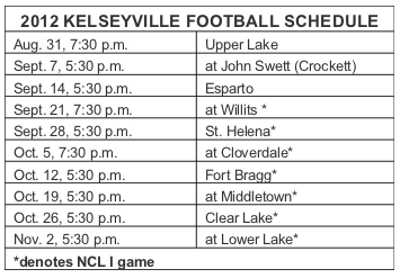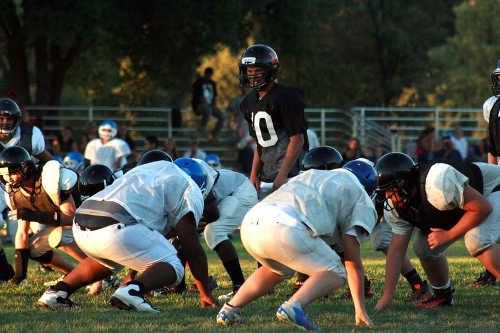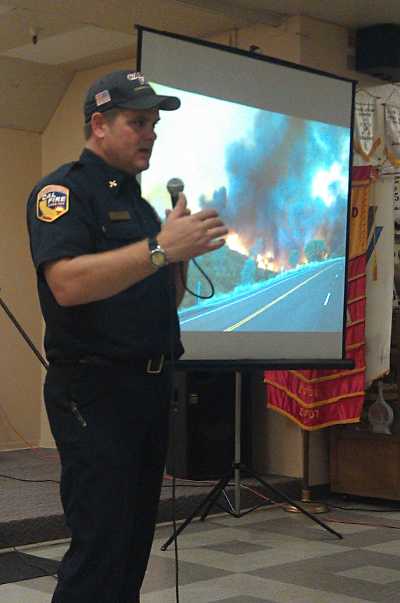
CLEARLAKE OAKS, Calif. – Dozens of community members gathered in Clearlake Oaks Monday evening to hear from state and local officials about the response to a pair of wildland fires that tore through the hills near Clearlake Oaks last week, causing evacuations and burning thousands of acres.
County Supervisor Denise Rushing hosted the hour-and-45-minute-long meeting at the Clearlake Oaks Moose Lodge, which was a short distance from where the Wye Fire had broken out Sunday, Aug. 12, about 20 minutes after the Walker Fire was dispatched.
County staff and leaders, local fire chiefs and a number of Cal Fire chief officers were on hand to discuss the incident and answer questions.
The Walker and Wye Fires – eventually managed as just the Wye Fire – burned a total of 7,934 acres before being contained last Saturday morning.
Overall, the entire incident cost an estimated $7,355,896, including the engines that remain on scene patrolling the fire areas, Cal Fire spokesperson Suzie Blankenship said Tuesday.
The fires were dispatched minutes apart on the afternoon of Aug. 12, according to Northshore Fire Deputy Chief Pat Brown, who showed a slideshow of photos captured of the incidents by community members.
He said the Walker Fire was dispatched first, at 3:48 p.m. Brown and other Northshore Fire units passed through the “Y” – the intersection of Highway 20 and 53 – minutes later.
Within 10 minutes of their units passing through the intersection, the second fire was dispatched at 4:05 p.m. after Fire Capt. Joe Baldwin of Cal Fire spotted it and called it in. Cal Fire would dub the second fire the “Wye,” a variation of the intersection’s nickname.
Brown said Baldwin stopped some of the equipment that was heading to the Walker Fire and diverted it to the Wye.
Very quickly, the challenges – and dangers – began to mount. Traffic was backing up in the area, the fire spread quickly and it was hit by the area’s afternoon winds. Within 20 minutes it had reached nearby oak trees and took off, he said.
Lake County Fire Chief Willie Sapeta had been on scene within minutes, ordering equipment. Within 20 minutes, Cal Fire air resources were doing fire drops, Brown said.
Forty six minutes after the fire was dispatched, just after 5 p.m., the house that the late Clearlake Oaks resident Max Thorburn built was fully involved, he said.
At about 5:30 p.m., the fire was cresting over Long Valley and entering Spring Valley, according to Brown.
Brown called the photo Clearlake Oaks resident Chris Hallsted shared with Lake County News of the fire the “iconic” image of the blaze, showing what he called a “boilover.”
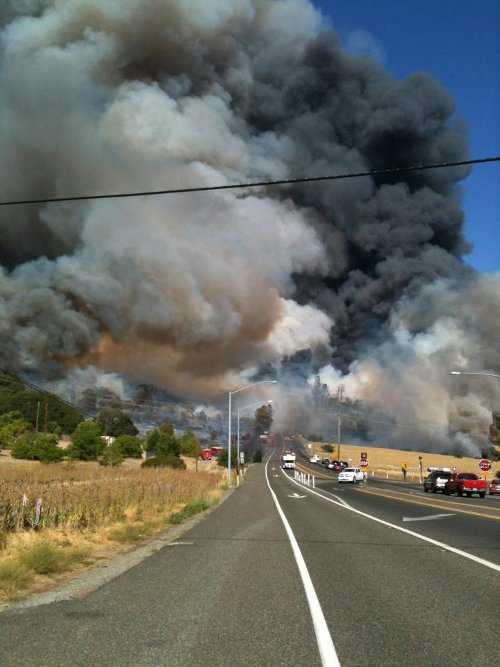
Setting priorities
Cal Fire Battalion Chief Mike Wink was the first Cal Fire chief officer on scene, and became the initial incident commander. He, Sapeta and Baldwin evaluated the scene and began making big resources requests, seeking dozens of engines and crews.
Once the fire progressed to the New Long Valley and Old Long Valley areas, Wink said they decided they needed to evacuate.
Lake County has a natural wind that comes off the lake from the west in the afternoon and evenings, and that – along with a “plume-dominated” wind – was causing the fire to escalate rapidly, he explained.
Firefighters began getting reports from the California Highway Patrol of downed power lines along Highway 20, and Wink said at that point they knew they couldn’t get fire resources across the power lines. So they requested resources from Colusa County.
“Our priorities are life, property and environment – in that order,” said Wink.
As such, they were trying to get people out of the fire’s path while diverting aircraft and other resources from the Walker Fire to the Wye Fire, he said.
Wink said they got radio traffic that Patsy Thorburn was trapped in her driveway while trying to escape. Firefighters couldn’t get to her, so they diverted air resources to try to hit the fire so she could get out.
Later that night they heard she had escaped, Wink said. “We were all relieved to hear that.”
Motorists on Highway 20 were diverted toward Williams, and a nearby quarry property was used as a diversion area for motorists, where Wink said people soon began piling up.
Lake County Animal Care and Control and its Lake Evacuation & Animal Protection (LEAP) group were requested to assist with evacuating animals from Spring Valley, and after the Moose Lodge filled up Red Cross was activated and set up a temporary shelter at the Highlands Senior Center in Clearlake. People who had been diverted to Williams were helped by the Red Cross there, Wink said.
“All those things are continually going on through the night,” he said.
Cal Fire Division Chief Eric Hoffman, who is based out of Santa Rosa, would take over command of the fire early on Monday, Aug. 13, after the Cal Fire Incident Management Team 4 was activated.
The firefighters who had been part of the initial attack “worked heroically,” Hoffman said, with many of them working 36 to 48 hour shifts.
Cal Fire Sonoma-Lake-Napa Unit Chief Tim Streblow told the the incident command team that the No. 1 objective was to put out the fire, while the No. 2 objective was to leave the community satisfied with the firefighting effort, according to Hoffman.
“We took that real seriously,” Hoffman said.
Fire officials quickly put the Wye Fire at the top of the priority list. Hoffman said they gave it the resources needed to hit it hard and get containment in under seven days.
After Hoffman spoke, Rushing told the group, “As you can see, it’s quite an effort to face something this huge, and it's certainly something our little community can't handle ourselves.”
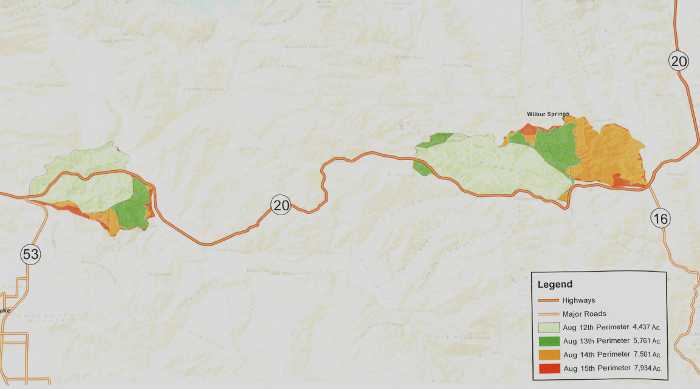
A cooperative effort
Sapeta discussed the evacuations and how that cell 911 calls often are diverted out of area rather than directly to Lake County Central Dispatch. Several Spring Valley residents in the audience complained that their area didn’t have cell phone coverage anyway.
When the fire erupted, Sapeta said Central Dispatch’s two dispatchers were handling a deluge of calls.
He and Wink knew there would be challenges in evacuating, which he said is a labor intensive process.
When Red Cross was activated, it determined where to set up the evacuation shelter. In addition he recognized LEAP and Animal Care and Control for their efforts.
“This was a cooperative effort with everybody in the county involved,” Sapeta said.
Sapeta said the county hadn’t seen an event of this magnitude since the 1996 Fork Fire, which also required Spring Valley to evacuate.
Tim Miller, regional chief executive officer for the American Red Cross of Sonoma, Mendocino and Lake Counties said the group’s primary role was sheltering and feeding evacuees.
On Aug. 12 the Red Cross served 150 meals and sheltered 25 people overnight who had evacuated because of the fires, Miller said. The following night they had two people who still needed shelter.
Lynnette Bertelli spoke about LEAP, which formed a year and a half ago, and is a group of volunteers that worked with Animal Care and Control to evacuate animals.
The group, which is trained in evacuation and safety procedures, was activated at 5:45 p.m. Aug. 12, she said. The group staged at the Spring Valley Pantry and helped remove four dogs, one cat and five horses. Later, they escorted residents in to either remove their livestock and pets or feed them if they couldn’t be moved.
She lauded Clearlake Veterinary Clinic and the Animal Hospital of Lake County for keeping their offices staffed all night long to assist with animal evacuations.
Bertelli said the goal is to educate the public to the point where LEAP doesn’t have to be called in to rescue animals.
Northshore Fire Chief Jay Beristianos said some Spring Valley residents did a very good job in establishing defensible space around their homes – so much so that there were homes where the fire burned around them but didn’t damage them because there was clearance.
“You can see there’s a lot of effort that goes into an event like this,” said Rushing. She added that a debriefing of all the agencies hadn’t yet been held to determine what went well and what didn’t.
The meeting wrapped up with a question and answer session that covered defensible space and weed abatement, how the abatements were handled and cell phone coverage in Spring Valley.
One of the questions on peoples’ minds that doesn’t yet have a definitive answer is what caused the Wye Fire.
Hoffman said the investigation remains under way, with the Walker and Wye fires being investigated as separate incidents.
He said investigators are working on good leads but haven’t given him a final cause.
“The one thing I can tell you about the investigation is that there is nothing concrete to link the two fires,” he said.
He recognized the community’s anxiety, and urged people not to jump to conclusions.
“As soon as we can put that to bed, we will,” he said of the cause, adding, “When we know, you will know.”
Email Elizabeth Larson at This email address is being protected from spambots. You need JavaScript enabled to view it. .
